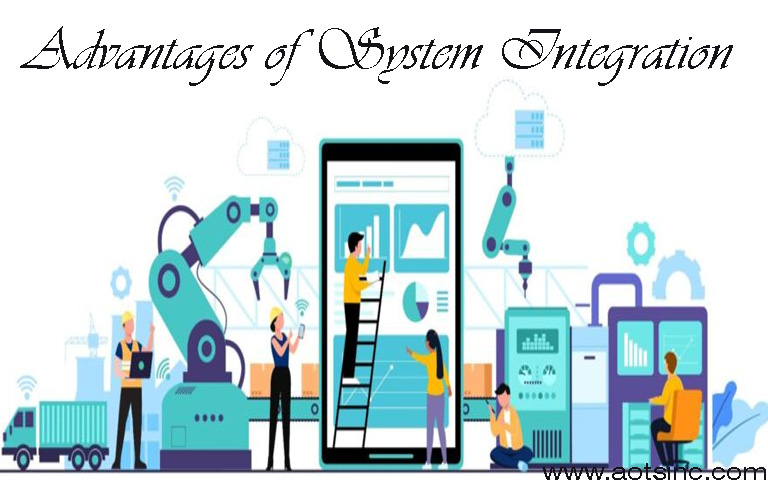System integration refers to the process of connecting different computing systems and software applications physically or functionally to act as a coordinated whole. This integration can occur at various levels, including the hardware, software, and organizational levels.
System integration:
System integration is a complicated process. You will run a great risk of losing significant data if you attempt to do it yourself or using someone not familiar with the process. Hiring a professional system integration company is your best bet.
There are several advantages associated with system integration:
1. Increased Efficiency:
Streamlined Processes: Integration eliminates manual data entry and reduces the need for duplicate data entry across different systems. This streamlining of processes leads to increased efficiency and productivity.
2. Improved Data Accuracy:
Real-time Data Sharing: Integration allows for real-time data sharing between systems, reducing the chances of data errors and inconsistencies that may occur with manual data entry or delayed updates.
3. Enhanced Decision-Making:
Access to Comprehensive Information: Integrated systems provide a more comprehensive view of data, enabling better-informed decision-making. Decision-makers can access relevant information from multiple sources in real-time.
4. Cost Savings:
Reduced Redundancy: System integration reduces redundancy by eliminating the need for duplicate data storage and maintenance. This leads to cost savings in terms of storage space, data entry labour, and overall IT management.
5. Improved Customer Service:
Unified Customer View: Integrated systems allow organizations to have a unified view of customer information. This results in improved customer service as representatives can access a complete and up-to-date customer profile.
6. Adaptability and Scalability:
Flexible Systems: Integrated systems are more adaptable to changes in business processes and can scale more easily to accommodate growth. This flexibility is crucial in today’s dynamic business environment.
7. Faster Response Time:
Real-time Updates: With integrated systems, changes made in one part of the system are immediately reflected in other interconnected parts. This real-time update capability speeds up response times to business events.
8. Competitive Advantage:
Agility and Innovation: Integrated systems provide a platform for organizations to be more agile and innovative. They can quickly respond to market changes, launch new products, and adapt to emerging trends.
9. Reduced IT Complexity:
Simplified IT Landscape: Integration helps in simplifying the overall IT landscape by eliminating the need for multiple standalone systems. This simplification makes IT management more efficient.
10. Compliance and Security:
Unified Security Policies: Integration enables the enforcement of consistent security policies across the entire system, ensuring compliance with regulatory requirements and reducing the risk of security breaches.
11. Collaboration and Communication:
Improved Collaboration: Integrated systems facilitate better collaboration among different departments within an organization. Teams can share information seamlessly, leading to improved communication and collaboration.
Conclusion:
System integration offers numerous advantages, ranging from increased efficiency and improved decision-making to cost savings and enhanced customer service. Organizations that invest in effective system integration often find themselves better positioned to navigate the complexities of modern business environments.
